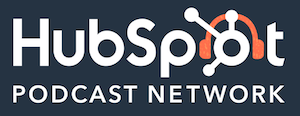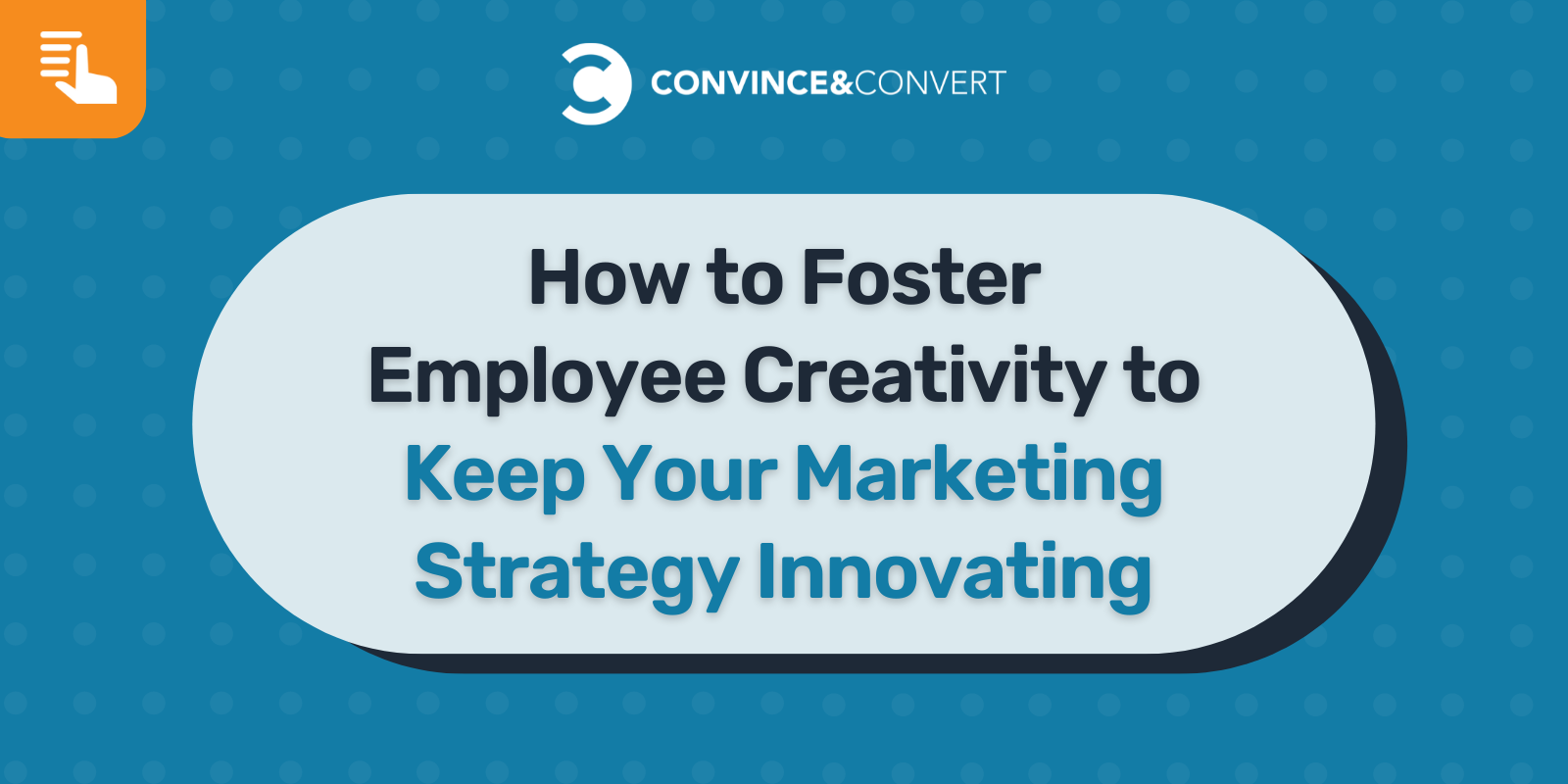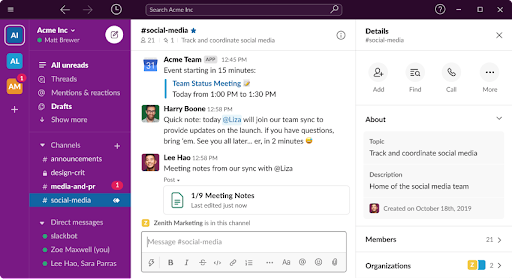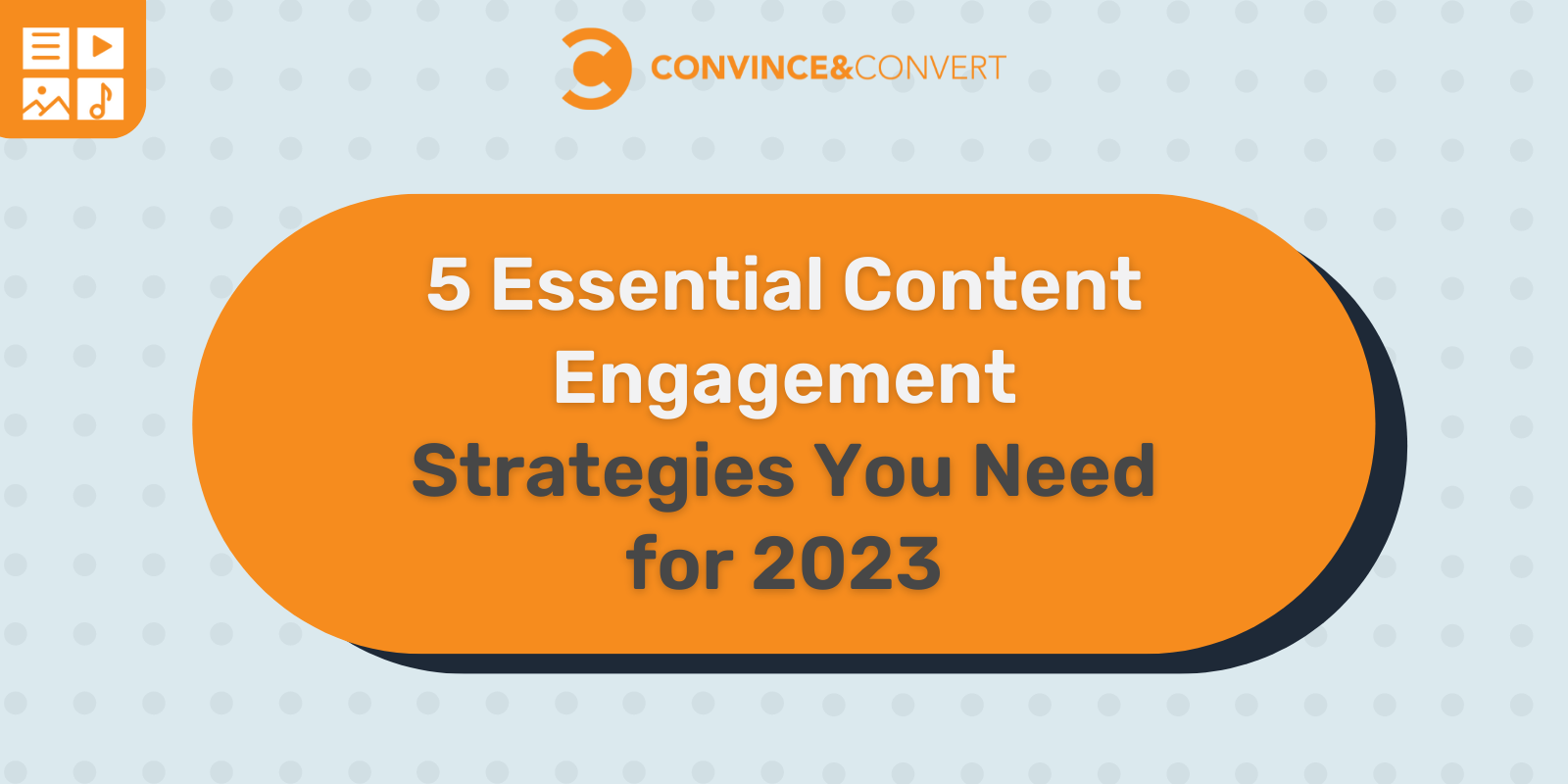
Content marketing is a huge part of most digital marketing strategies, but it’s more than shooting out a few blog posts or articles into the void.
What’s the point of having an article if no one is reading it?
Having words on the page is only the start – content marketing is all about engagement.
What is Content Engagement?
Put simply, content engagement is what you have when users do something with your content, whether it’s sharing it, commenting on it, or taking some kind of action.
It’s the difference between someone reading your content and then forgetting about it and someone who reads it and then interacts with it in some way.
Your content engagement strategy is vital to the success of content marketing because it’s a key metric that shows you whether or not your content is resonating with your audience. It’s one thing to have a lot of traffic to your content, but if that traffic isn’t engaging with the content or buying your product, then it’s not doing its job.
How do we measure content engagement?
We live in a data-based world, and content marketing is no different.
To get accurate metrics on your content, you need to work with tools that gather and analyze the data. Google Analytics is a great place to start, as it’s free and relatively simple to use.
Some metrics to pay attention to are:
- Time on page
- Bounce rate
- Scroll depth
- Number of social shares
- Number of comments
Time On Page
Analytics can tell you how long someone spent viewing your page. This is an important indication of whether your content is engaging and relevant to your audience.
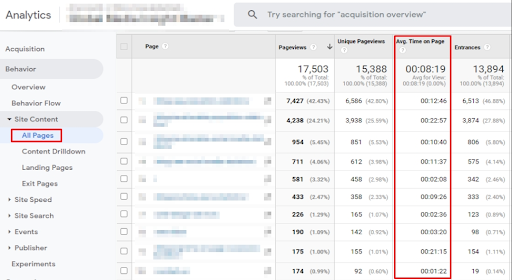
(Source: Global Media Insights)
Bounce Rate
Bounce rate measures the proportion of people who access your page and then leave without clicking on anything else. A high bounce means that your page isn’t converting visitors into engaged readers.
Don’t take this metric in isolation, though. The difference between good and bad bounce rates differ depending on the type of website.
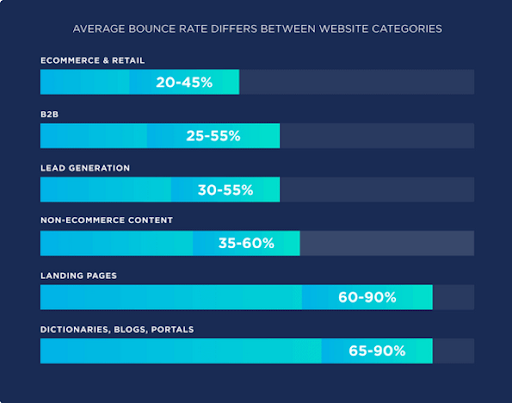
(Source: Backlinko)
Scroll Depth
Scroll depth measures how far down people scroll on your page. The further they scroll, the more they see. This metric can be used with time on a page to get an idea of how much content people are consuming.
Number of Social Shares and Comments
The number of social shares and the number of comments are both indicators of how viral your content is. If people are sharing and engaging with your content, it’s a good sign that they’re finding it valuable.
If you’re not using data to inform your digital marketing strategy, you’re shooting in the dark.
Once you understand which pages and content types drive most of your engagement, you can plan and adjust your strategies to target the type of interactions you want to get out of your content.
5 Strategies to Boost Content Engagement
Content engagement strategies are always evolving, but a few foolproof principles are central to every novel approach.
1. Know your audience
It seems obvious, but this step is the most important of any content engagement strategy.
You need to analyze your target audience beyond simply their demographics. Try constructing buyer personas that consider factors like:
- Their content consumption habits
- Their interests
- Their needs
- Their pain points
From there, you can start customer segmentation to break your audience down into smaller, distinct groups. Doing this allows you to better focus your content marketing strategy around your prospective customers.
“It’s one thing to write content that appeals to a general audience, but it’s much more effective to create content specifically for the people who are most likely to buy your product.” – Steve Pogson, Founder @First Pier
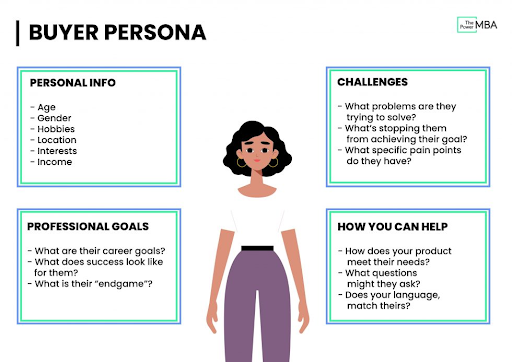
(source: The Power Business School)
2. Create useful content
“Valuable and engaging content is the key to successful content marketing – without it, your content strategy will fail.” – Mark Buff, Founder @Profit Frog
Your content needs to answer your audience’s questions, solve their problems, or educate them on something they’re interested in. And if it’s good content, your audience will share it.
How do you know what content will be most useful to your audience? Look at the data!
What topics are trending in the industry? What questions are people asking?
Do your research to see what keywords and topics are being searched for most often and are trending on social media, then create content that covers those topics.
Your content should be comprehensive and well-researched to give users the information they need. But it also needs to be engaging. Otherwise, people will click away.
Try different content formats
You don’t have to be tied to the blog post format. Don’t be afraid to experiment with new content formats to keep things fresh.
If you’re stuck in a rut, try something new, like:
- A podcast
- An infographic
- A video
- A webinar
- A case study
- An e-book
The Video Format in Marketing
The short video format is particularly effective on social media. In fact, as of 2021, the average person watches 19 hours of online videos a week. That’s an average of 2.5 hours a day.
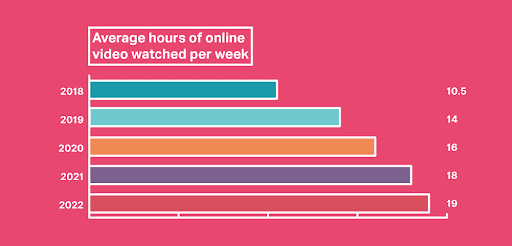
(Source: Wyzowl)
People love watching videos because they’re easy to consume and usually entertaining. If you can make your content entertaining as well as informative, you’ll be sure to engage your audience. They are also two times more likely to share video content with friends than any other type of content.
Consider the type of content you want to make and your goals.
For example, Ovira, a company producing period care products, aims to raise general awareness of women’s health and bodies. As part of their social media engagement, they produce short videos on Instagram to educate and inform.
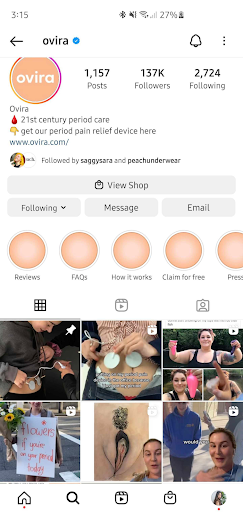
The visual medium for this type of topic and brand is a lot more effective than written content or just photos. They’re able to demonstrate how their product works and break the stigma of talking openly about a woman’s period – which is aligned with their brand vision.
Their engagement strategy is wildly successful – their content has a “viral” element to it – which gets them eyeballs on their brand and product.
Don’t be afraid to experiment
Trying new content formats isn’t just for B2C brands, either. Single Grain, a digital marketing agency, launched a creative, interactive marketing firms directory to help companies to find agencies that fit their project needs. No matter your industry, it’s worth testing new formats.
A caveat – some formats won’t make sense depending on your business or brand. When you’re trying new formats, make sure to test them and keep an eye on their performance through your analytic tools. Be ready to re-strategize or tweak the approach if it’s not getting the engagement you want.
Want to give video marketing a try? Here’s how you can start generating leads using video content!
3. Design an experience
“Your user’s journey towards conversion doesn’t start and end with a blog post. It starts way before they even think about your product when they’re just beginning to realize they have a problem that needs solving.” – Tiffany Homan, Editor @ Rental Property Calculator
Consider each stage and roll out the red carpet for them.
Interface
How easy is it to navigate your website? How easy is it to find the content they’re looking for?
You can use heat maps and user testing to see where users click and how long they spend on each page.
If you see a high drop-off rate on a particular page or content type, that’s an indication that the user experience could be improved.
You want to make it as easy as possible for people to find and consume your content. Otherwise, they’ll go somewhere else.
Build your brand’s visual language
Make sure to define your brand’s colors, fonts, and overall visual style.
Your content should look like it belongs on your website and help users associate your brand with quality content.
It’s also a good idea to build up a bank of graphics and icons that you can use in your content. This will help the content creators in your marketing team stay consistent while making your content more visually appealing.
Tap into emotion
Think about how you want someone to feel when they’re consuming your content, and then design the content and user experience around that feeling.
For example, if you want users to feel inspired, your content might focus on success stories or case studies.
Your content might be data-driven or include expert opinions if you want users to feel informed.
(Here’s a short guide on how to make content that prioritizes user experience with more details.)
The content you create and the way you present it should align with your brand’s overall tone and voice. If you’re unsure what that is, look at your existing content and see what themes and topics are repeated most often.
Optimize for different channels
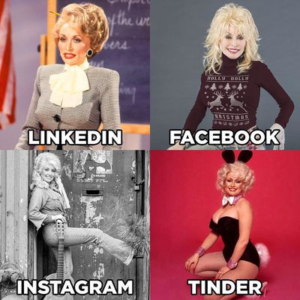
“Different channels have different audiences. That’s why your content strategy needs to take into account the different channels where your content will live.” – Andy Kolodgie, Co-Founder @ Sell My House Fast
Each channel has its strengths and weaknesses, so you need to tailor your content to make the most of each.
The difference between social media channels
For example, if you’re using Facebook to promote your content, you’ll want to use visuals and posts that are easy to consume quickly.
If you’re using LinkedIn, on the other hand, you might want to focus on longer-form content that’s more informative and data-driven.
The way you promote your content will also differ depending on the channel. For instance, you’ll use different hashtags on Twitter than you would on Instagram.
Keep in mind that social media engagement can look different and indicate different things on each platform.
On LinkedIn, a like might indicate that the content is interesting and worth reading. Whereas on Instagram, a like might just mean that the content is visually appealing.
Social media is the center of exclusive internet culture. If you don’t speak the language, you don’t have a seat at the table. Here are some things not to do when you’re doing social media engagement.
Make sure that you’re familiar with the content that performs well on each channel and adjust your social media engagement strategies accordingly.
(Not engaging with your audience on social media? Here’s why you should be: Your customers are talking about you online right now.)
4. Encourage expression
You don’t have to do all the work yourself. Encourage your audience to do it with you.
User-generated content (UGC) is a great way to get more content while giving your audience a chance to express themselves.
Some things that encourage audiences to engage with your brand include:
- Hashtags – Invite your audience to share content using a specific hashtag. This is a great way to track content and see what’s resonating with your audience. Coca-Cola’s #shareacoke campaign is a great example of hashtags used well.
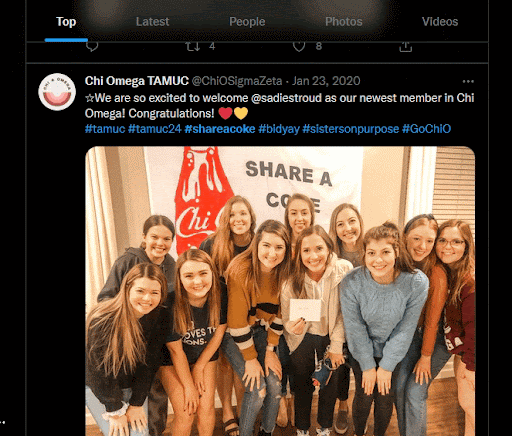
- Contests – Run a contest where to enter, participants share or create content featuring your brand material. This is a great way to get more content while also promoting your brand.
- Questions – Ask your audience questions and encourage them to answer in the comments. This is a great way to start a conversation and get to know your audience better.
- Interactive content – Giving your audience fun interactive materials like games and quizzes is a tried and tested way to boost audience engagement. If you want to really stand out from the crowd, try an interactive video. Here’s how you can incorporate interactive videos into your marketing strategy.
- Showcase faces – Show your brand’s employees, customers, and partners. This gives your brand a human face and a testimonial in one go.
Integrating interactive content into your content marketing strategy is a great way of generating engagement. And if you make it fun to interact with, you can potentially build a self-sustaining content generation machine out of your audience.
5. Incentives
You can also give your audience a little push to interact.
Providing rewards and incentives is a great way to increase content engagement.
We’ve already talked about contests, but you can also offer your audience rewards for leaving a review, taking a survey, or sharing content.
These incentives can be anything from coupons and discounts to free products and services.
Many e-commerce sites like wish.com are already using this approach, giving buyers coupons and store credits for leaving a review with a photo.
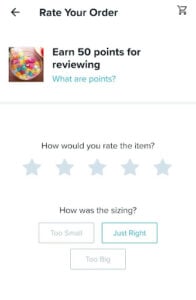
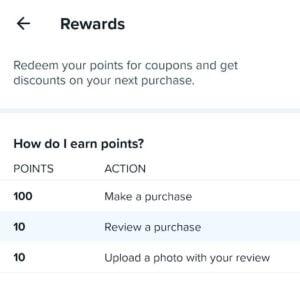
This is a great way to increase content engagement while also getting valuable feedback and product photos that can be used in future marketing campaigns.
All done? Think again! Test, test, test!
Engagement is fickle.
What works today might not work tomorrow. The key is to constantly experiment and see what gives you the best results.
There are a few different ways you can go about testing your content engagement strategy:
- A/B Testing – Try different content formats, headlines, and calls to action to see which performs best.
- Social Media Insights – Use the insights function on each social media platform to see which content is performing well and adjust your strategy accordingly.
- Google Analytics – Check the relevant data and see what is performing and what isn’t.
Start with the data, and make sure to check in often to see how your content marketing strategies perform in action. Performing regular audits and refining your content approach will help make sure that your engagement rates stay healthy.
You don’t want to be following behind in marketing. Lead the pack! Keep your nose to the ground and your strategies up to date, and you’ll be building customer relationships that last.
The post 5 Essential Content Engagement Strategies You Need for 2023 appeared first on Convince & Convert.
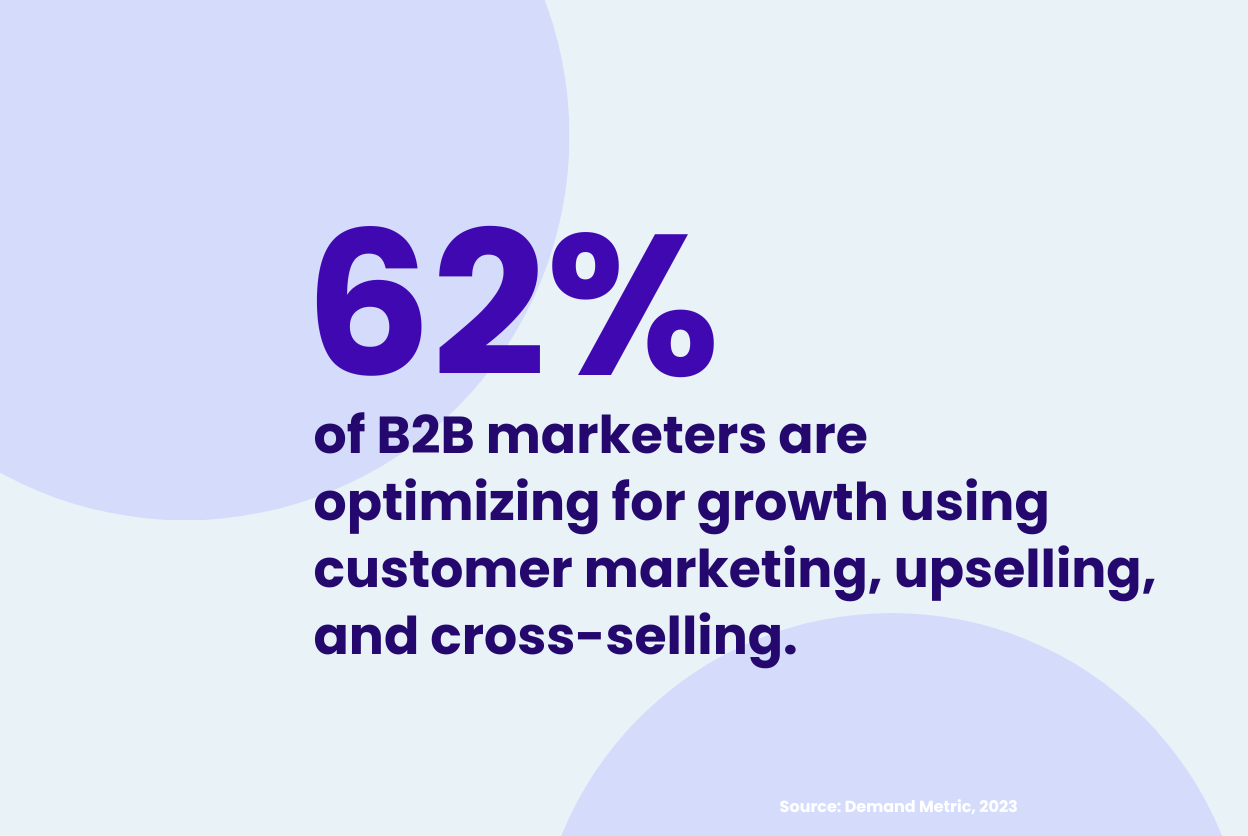
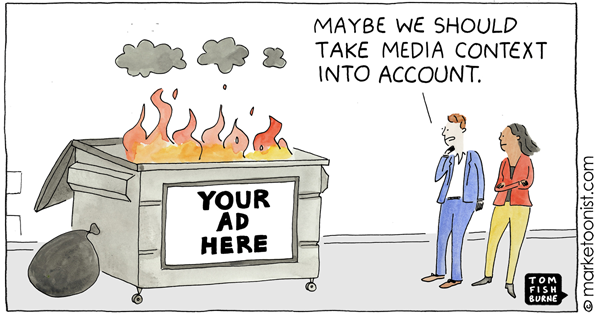

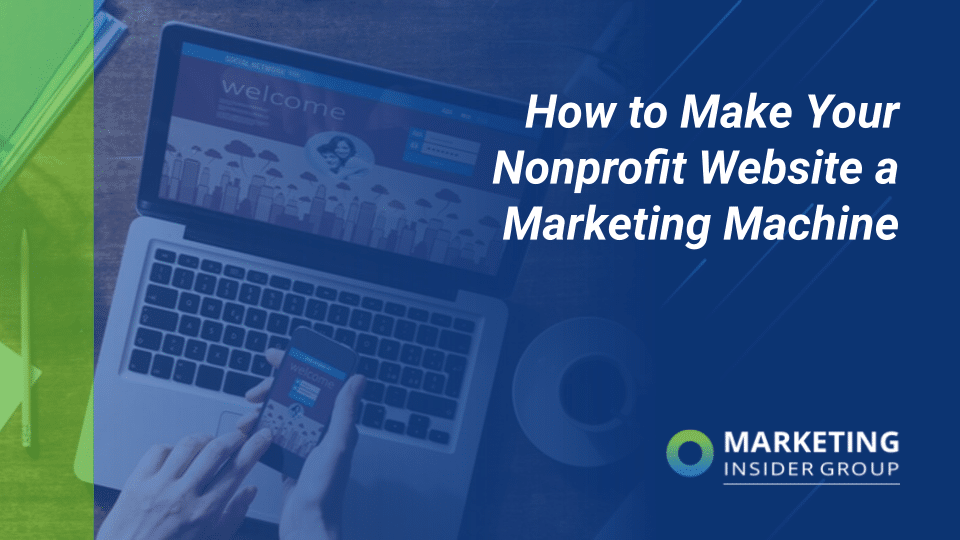


 SMX Advanced and SMX Next are free, two-day training and networking experiences designed to equip you with the actionable tactics you need to deliver more qualified traffic, drive revenue, and stay a cut above the competition.
SMX Advanced and SMX Next are free, two-day training and networking experiences designed to equip you with the actionable tactics you need to deliver more qualified traffic, drive revenue, and stay a cut above the competition.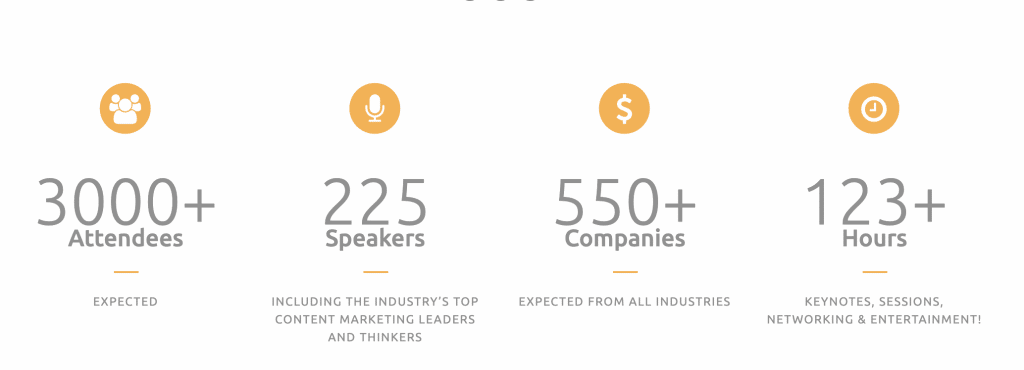
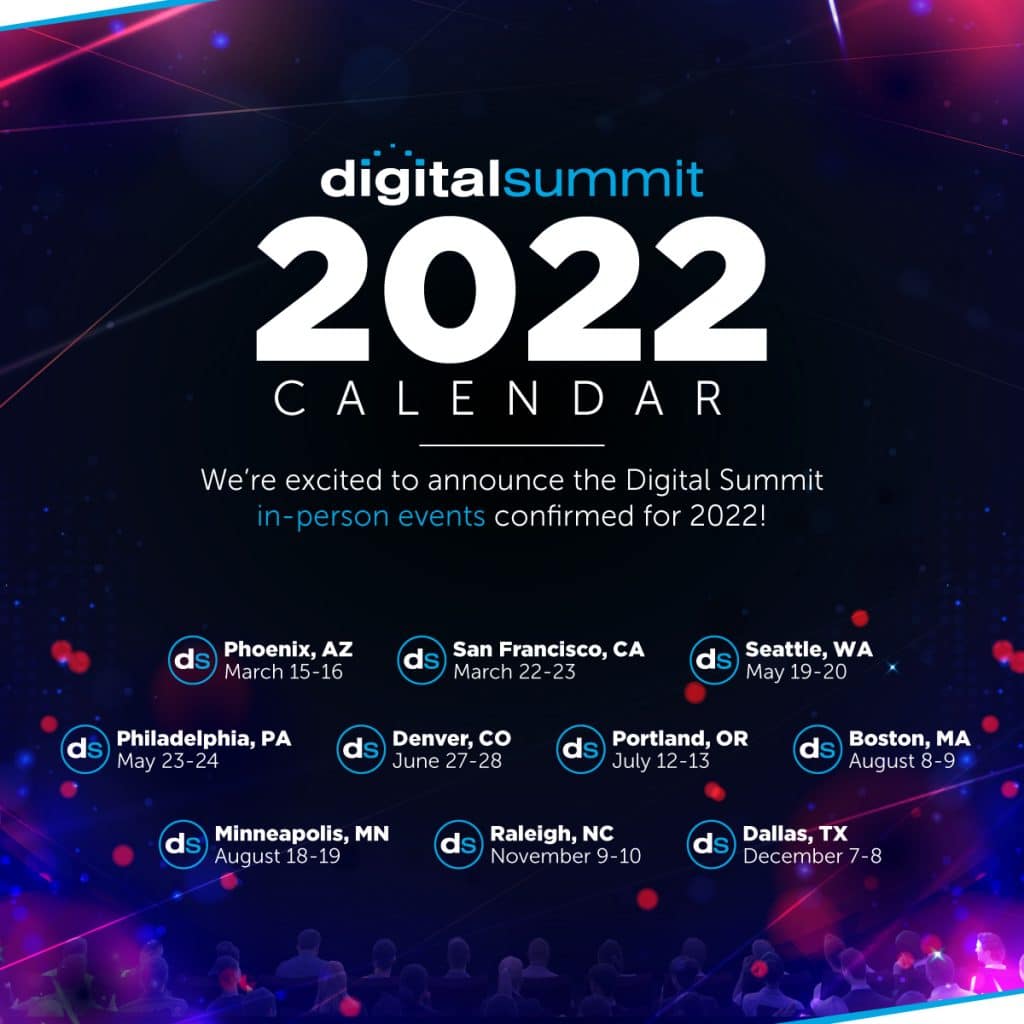
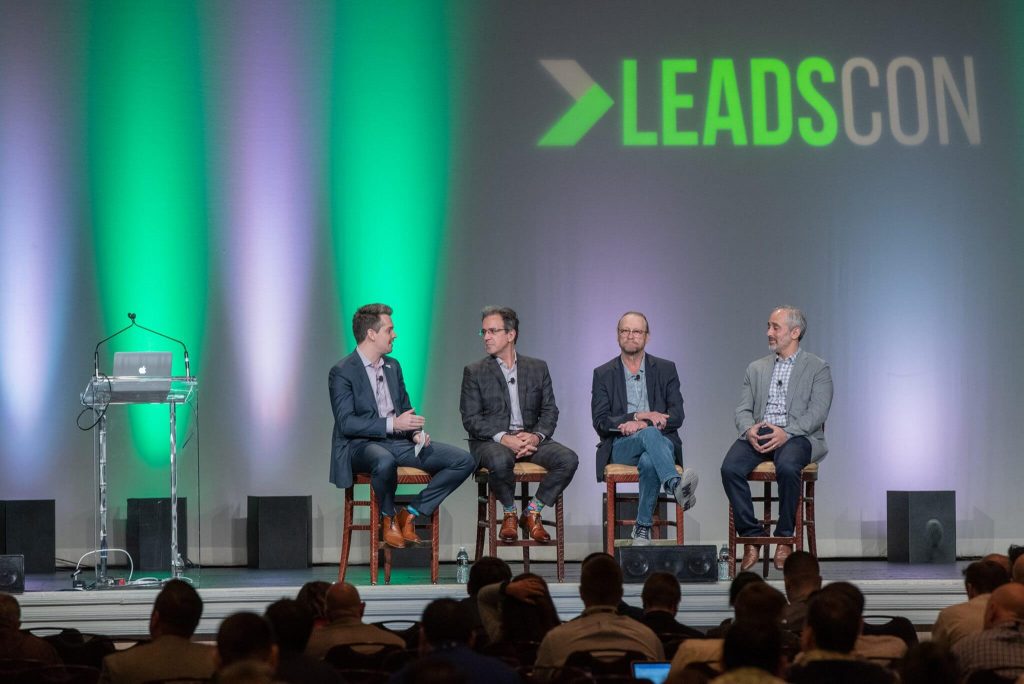



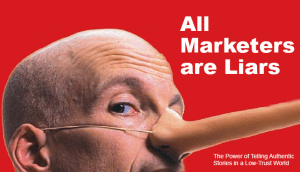
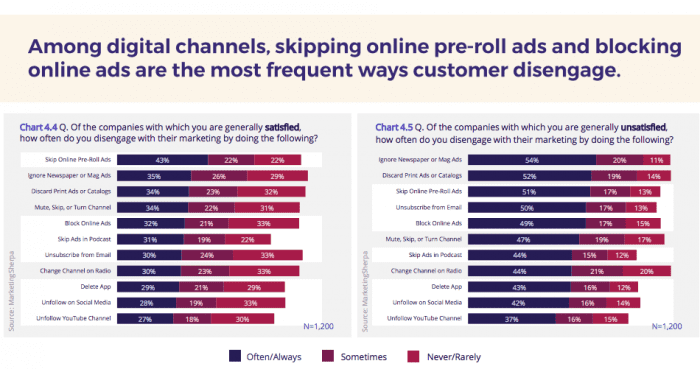
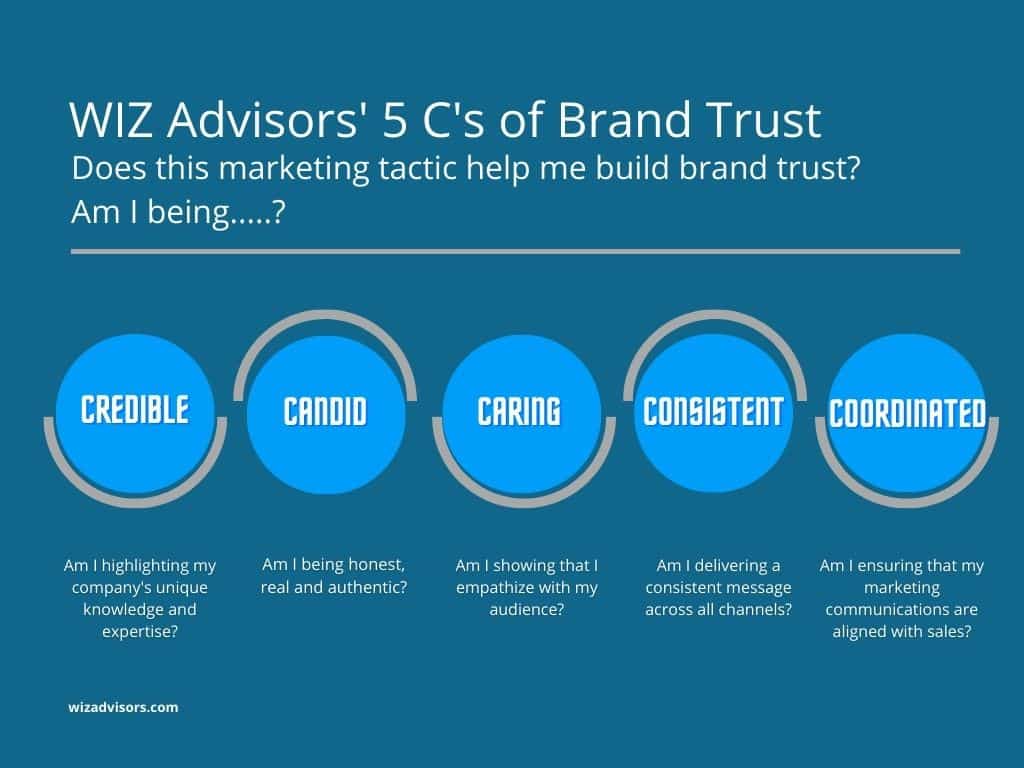
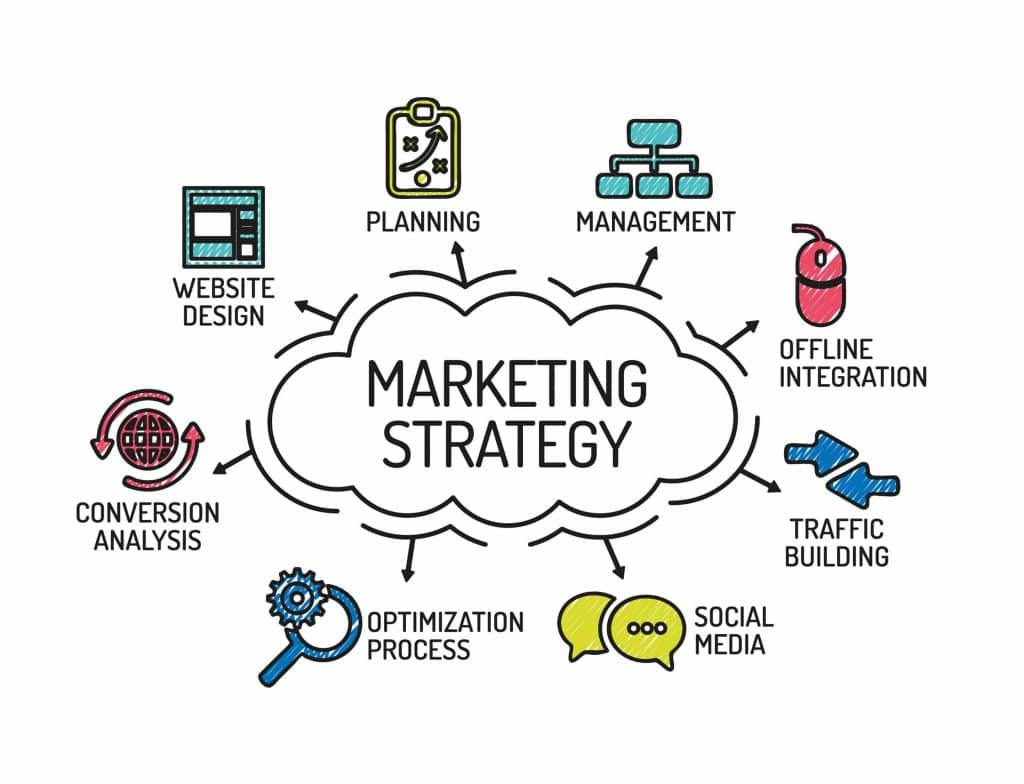
 In this episode of the Duct Tape Marketing Podcast, I interview Laura Goldberg. Laura is the Chief Marketing Officer at Constant Contact. Before Constant Contact, she served as a Chief Revenue Officer for Cabbage, a leading cash flow management and data platform for small businesses acquired by American Express. Prior to that, she was the Chief Marketing Officer at Legal Zoom. Laura has held leadership roles in product and operations with leading e-commerce companies, such as the NFL and Napster.
In this episode of the Duct Tape Marketing Podcast, I interview Laura Goldberg. Laura is the Chief Marketing Officer at Constant Contact. Before Constant Contact, she served as a Chief Revenue Officer for Cabbage, a leading cash flow management and data platform for small businesses acquired by American Express. Prior to that, she was the Chief Marketing Officer at Legal Zoom. Laura has held leadership roles in product and operations with leading e-commerce companies, such as the NFL and Napster.